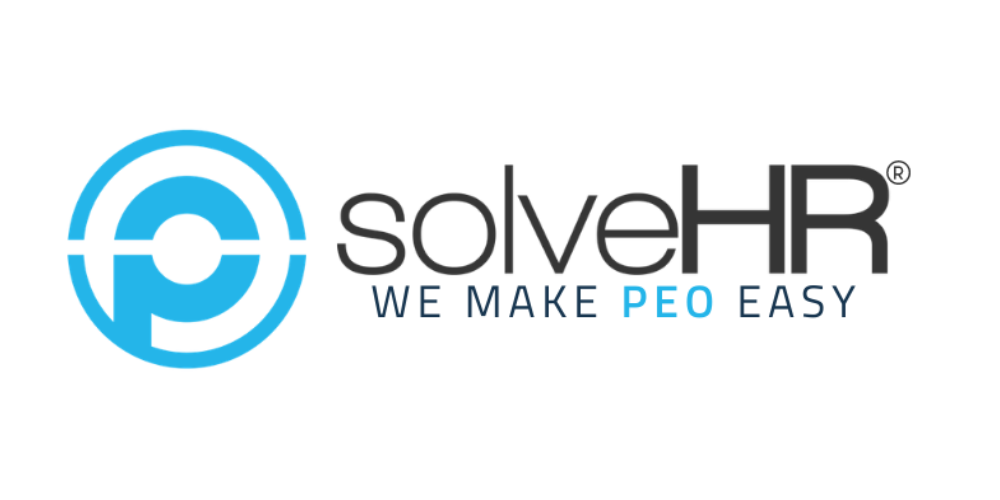Imagine this, you have a project that needs to be done but you don’t have the right people on your team to complete it. So, you open up a job listing, collect resumes, conduct interviews, and finally settle on what you think is the right candidate for the job. Well, the worst possible thing happens next at the person you hired ends up incompetent for the job and you’re forced to fire them a few months later with the project unfinished.
The hypothetical situation above represents the worst-case scenario of employee recruitment. When done incorrectly recruitment efforts can produce job applicants who are unqualified for the position you wish to fill, costing you time and resources for making the wrong choice.
In fact, choosing the wrong employee can cost you a lot of money according to a report by the Society for Human Resource Management (SHRM). According to the SHRM report, the average cost-per-hire for companies is $4,129 per employee, with an average of 42 days to fill a given position.
Hiring talented individuals is critical to an organization’s success, so that is why for this blog post we’ll be focusing on how to hire the right employees the first time around.
The Recruitment Plan
So, how should you begin to think about the recruitment process? Below we have outlined a basic model of the employee recruitment process in four steps, each of the steps goes into more detail on each bullet point. The process is as follows:
Establish Recruitment Objectives– Establishing objectives for your recruiting
process should be the first step that you take. This makes the goals of the
recruitment clearly defined and sets the expectations for the outcomes. Possible
recruitment objectives could be:
- Number of open positions to be filled
- Date by which positions need to be filled
- Type of application sought
Develop a Recruitment Strategy– When you have your goals in mind you can then
begin to think about developing a recruitment strategy. This involves creating a
specific plan of action for accomplishing the objectives set out in Step 1. Some
questions that you can ask when developing your strategy are:
What type of individuals are you targeting?
- When should you begin recruiting?
- Where can you find your desired employee(s)?
- What position needs to be filled?
Carry Out Recruitment Activities– Having developed a strategy you can now
maximize your recruitment efforts. The next step is to carry out the recruitment
activities that you outlined in your strategy.
Evaluate Recruitment Results– After you have found your employee, it’s time to
measure and evaluate the results. This allows you to learn from past efforts to
design future employment campaigns easier. Such metrics to measure are:
- Time to fill the position
- Cost of filling the position
- Employee retention rate
- New employee performance level
Onboarding
After you have recruited your new employee(s) the next process begins—onboarding. Onboarding is the process of getting your recruit up to speed with all of the policies and procedures of the business, as well as getting them acclimated with their projects and work environment. In the past onboarding was seen as a single event, but now companies are treating it as an ongoing process to increase employee retention.
We could spend a whole other blog post going into the best techniques for onboarding new employees, but for now, all you need to know is that the onboarding process should be broken up into three phases when a new employee gets hired:
The First Day– The first day should be focused on setting the expectations and introducing the objectives of the organization. Employees should have a clear idea about what their job duties are on day 1 of employment.
The First Month– It’s important to check in with the employee to make sure that they are acclimating to the workplace well. It also allows for an opportunity to discuss how the employee is performing on their duties and allows for a channel for them to express any concerns they may have.
The First Year– Reviewing an employee’s performance at the end of their first year will prove if they’re being productive in the job. You can begin to review their performance and make notes on how they can possibly improve for the future.
By creating a working employment strategy and then monitoring the employee’s progress throughout their first year, you can effectively increase the ROI of hiring an employee. This will in turn save money, increase retention, and ensure that you create a cohesive team for your organization.
